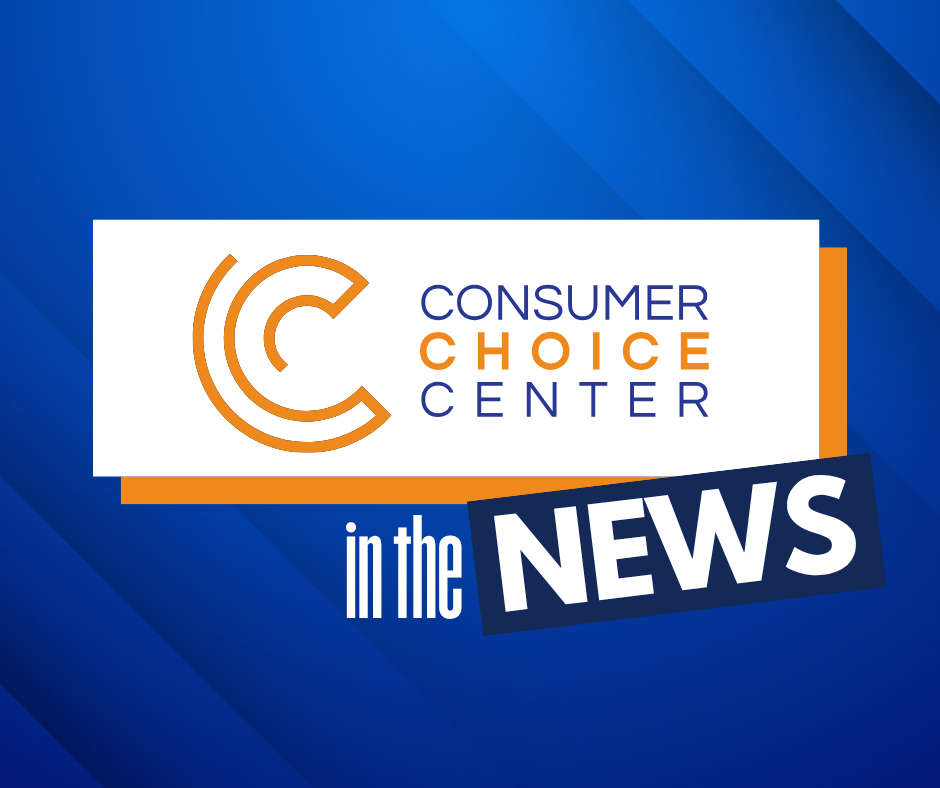
In a move that has sparked both debate and concern, the Federal Communications Commission (FCC) put forth a proposal this week to reshape how broadband services are billed in multi-tenant...
WASHINGTON, D.C. – In the first few months of 2024, more than a dozen bills have been introduced in US states calling for a state-based Premarket Tobacco Product Application (PMTA)...

Sweden has found nicotine alternatives are better way to kick smoking When the city of Brookline passed a generational ban on tobacco products in 2020, it was an extraordinary legal...

Winter is a busy time for impromptu hospital visits, whether from slipping on icy sidewalks or throwing out one’s back while shoveling snow. Then there’s the winter crud, which this year is...

Consumers don’t tend to think of data as a finite resource. Instead, the focus of the average smartphone user or online gamer is on how much they’ve paid their wireless...

While the effort to reduce secondhand smoke inhalation from combustible cigarettes is noble, vapor produced from e-cigarettes does not contain the harmful tar and chemicals found in combustible cigarettes. It...

By: Elizabeth Hicks & Stephen Kent In a landmark move earlier this year, Alabama state lawmakers passed first-of-its-kind legislation effectively outlawing the use of cigarettes and vaping products in vehicles...

Illinois now has a law that bans the use of electronic cigarettes in indoor public spaces, but a consumer advocacy group warns such laws could backfire. Gov. J.B. Pritzker signed...

Columbus is considering putting an end to the sales of menthol cigarettes and flavored vapes. Although official legislation hasn’t been formally introduced, tobacco-control advocates who are drafting the proposal are...

As the legal use of vaping products continues to be argued in court, a debate also continues on whether a ban would send vapors back to regular cigarettes. Juul can...

For more than a decade, municipalities around the United States have been starting their own government-run broadband networks to bring high-speed internet to their residents. They might do so for...

Senate Bill 3854, would include all flavoured products including THC vaping devices, heat-not-burn systems and chewing tobacco products. “(1) “tobacco product” includes products containing tetrahydrocannabinol and products containing a mixture...